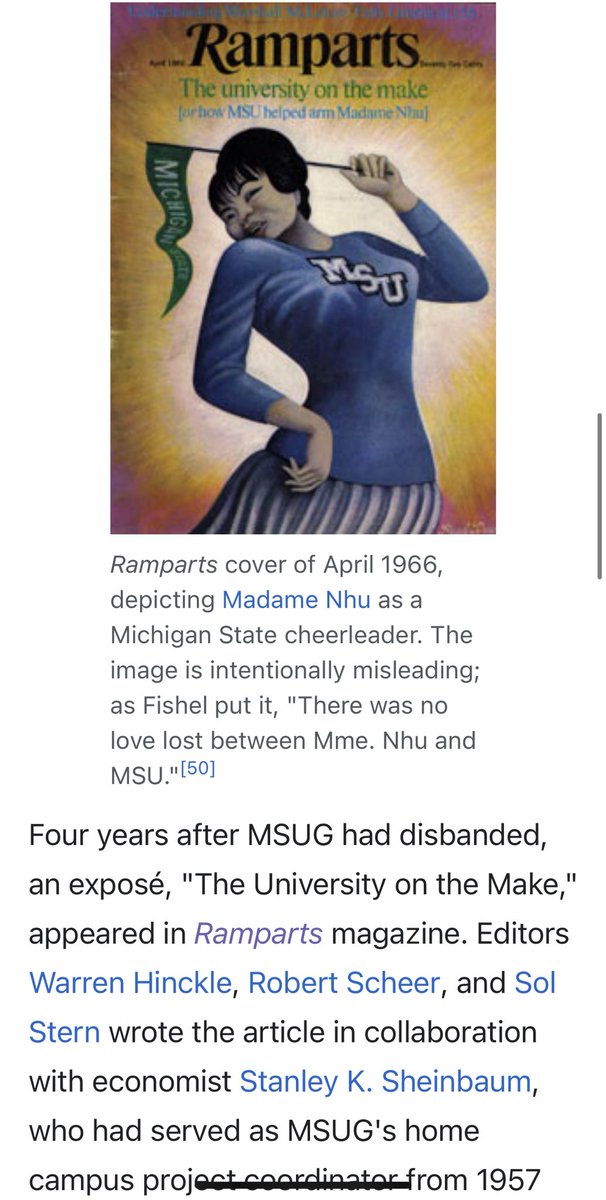Tyrian purple - Wikipedia
Tyrian purple (Ancient Greek: πορφύρα porphúra; Latin: purpura), also known as Phoenician red, Phoenician purple, royal purple, imperial purple, or imperial dye, is a reddish-purple natural dye; the name Tyrian refers to Tyre, en.wikipedia.org/wiki/Tyrian_pu…
Tyrian purple (Ancient Greek: πορφύρα porphúra; Latin: purpura), also known as Phoenician red, Phoenician purple, royal purple, imperial purple, or imperial dye, is a reddish-purple natural dye; the name Tyrian refers to Tyre, en.wikipedia.org/wiki/Tyrian_pu…
Lebanon. It is a secretion produced by several species of predatory sea snails in the family Muricidae, rock snails originally known by the name 'Murex'. The Phoenicians also made a deep blue-colored dye, sometimes referred to as royal blue or hyacinth purple, which was made
from a closely related species of marine snail.[19]
The Phoenicians established an ancillary production facility on the Iles Purpuraires at Mogador, in Morocco.[20] The sea snail harvested at this western Moroccan dye production facility was Hexaplex trunculus also known by the
The Phoenicians established an ancillary production facility on the Iles Purpuraires at Mogador, in Morocco.[20] The sea snail harvested at this western Moroccan dye production facility was Hexaplex trunculus also known by the
older name Murex trunculus. The Discovery of Purple by Hercules's Dog by Theodoor van Thulden, c. 1636 

Detail showing the dog with what appears to be a nautilus rather than a dye murex
Hercules's Dog Discovers Purple Dye, by Peter Paul Rubens. 28 × 34 cm; oil on panel. Musée Bonnat, Bayonne, France

Hercules's Dog Discovers Purple Dye, by Peter Paul Rubens. 28 × 34 cm; oil on panel. Musée Bonnat, Bayonne, France


The painting shows a scene from an origin myth in the Onomasticon (a collection of names, similar to a thesaurus) of Julius Pollux, a 2nd-century Graeco-Roman sophist. In Pollux's story, Hercules and his dog were walking on the beach on their way to court a nymph named Tyro. The 

dog bit a sea snail, and the snail's blood dyed the dog's mouth Tyrian purple. Seeing this, the nymph demanded a gown of the same color, and the result was the origin of purple dye.(Some ancient sources attribute the myth to Melqart, a Tyrian deity identified with Heracles.) 

Rubens's painting of this story depicts Hercules and the dog on the beach, with the dog's mouth stained. Although the snail in the story should be a spiny murex, the kind of snail from which Tyrian purple was made, Rubens instead depicts a large smooth shell that resembles a 

nautilus. This species is known in the fossil record from the Pliocene (age range: from 3.6 to 2.58 million years ago). Fossil shells of this species have been found in Cyprus, Spain and Italy. It was used by the Phoenicians in ancient times to extract imperial Tyrian purple dye. 

This species, like many other species in the family Muricidae, can produce a secretion which is milky and without color when fresh but which turns into a powerful and lasting dye when exposed to the air. This was the mollusc species used by the ancients to produce Tyrian purple
fabric dye.
Sea snails of the species Banded dye-murex Hexaplex trunculus were also used to produce a purple-blue or indigo dye. In both cases, the mollusks secrete the dye in the mucus of their hypobranchial glands.
In Spain, and more specifically on the Mediterranean coast and
Sea snails of the species Banded dye-murex Hexaplex trunculus were also used to produce a purple-blue or indigo dye. In both cases, the mollusks secrete the dye in the mucus of their hypobranchial glands.
In Spain, and more specifically on the Mediterranean coast and
the Gulf of Cádiz, they are called cañaílla, and are appreciated as food.
It is a cannibalistic species; evidence suggests that intensive breeding by the ancient Minoans resulted in pierced shells, perhaps by other snails, due to the population density in breeding tanks.
It is a cannibalistic species; evidence suggests that intensive breeding by the ancient Minoans resulted in pierced shells, perhaps by other snails, due to the population density in breeding tanks.
Mexican Indian Collecting Cochineal with a Deer Tail by José Antonio de Alzate y Ramírez (1777). The host plant is a prickly pear. 

Cochineal dye was used by the Aztec and Maya peoples of North and Central America as early as the second century BC.[4] Eleven cities conquered by Montezuma in the 15th century paid a yearly tribute of 2000 decorated cotton blankets and 40 bags of cochineal dye each. Produced
almost exclusively in Oaxaca by indigenous producers, cochineal became Mexico's second-most valued export after silver.[7] Soon after the Spanish conquest of the Aztec Empire, it began to be exported to Spain, and by the 17th century was a commodity traded as far away as
India.[8] The dyestuff was consumed throughout Europe and was so highly prized, its price was regularly quoted on the London and Amsterdam Commodity Exchanges (with the latter one beginning to record it in 1589).[6] In 1777, French botanist Nicolas-Joseph Thiéry de Menonville,
presenting himself as a botanizing physician, smuggled the insects and pads of the Opuntia cactus to Saint Domingue. Spain's conquest of a New World empire in the 16th century introduced new pigments and colors to peoples on both sides of the Atlantic. Carmine—a dye and pigment
derived from a parasitic insect found in Central and South America—attained great status and value in Europe. Carminic acid is extracted from the female cochineal insects and is treated to produce carmine, which can yield shades of red such as crimson and scarlet. The body of the 







The paper changed its name to The Crimson in 1875 when Harvard changed its official color by a vote of the student body—the announcement came with a full-page editorial announcing "magenta is not now, and ... never has been, the right color of Harvard."
Magenta took its name from an aniline dye made and patented in 1859 by the French chemist François-Emmanuel Verguin, who originally called it fuchsine. It was renamed to celebrate the Italian-French victory at the Battle of Magenta fought between the French and Austrians on
June 4, 1859, near the Italian town of Magenta in Lombardy. A virtually identical color, called roseine, was created in 1860 by two British chemists: Chambers Nicolson and George Maule.
The web color magenta is also called fuchsia.
The color magenta was the result of the
The web color magenta is also called fuchsia.
The color magenta was the result of the

industrial chemistry revolution of the mid-nineteenth century, which began with the invention by William Perkin of mauveine in 1856, which was the first synthetic aniline dye. William Perkin was born in the East End of London,[3] the youngest of the seven children of 

George Perkin, a successful carpenter. His mother, Sarah, was of Scottish descent and moved to East London as a child.[4] He was baptized in the Anglican parish church of St Paul's, Shadwell, which had been connected to James Cook, Jane Randolph Jefferson (mother of Thomas
Jefferson) and John Wesley. In 1869, Perkin found a method for the commercial production from anthracene of the brilliant red dye alizarin, which had been isolated and identified from madder root some forty years earlier in 1826 by the French chemist Pierre Robiquet,
simultaneously with purpurin, another red dye of lesser industrial interest, but the German chemical company BASF patented the same process one day before he did.[5]
During the next decade, the new German Empire was rapidly eclipsing Britain as the centre of Europe's chemical
During the next decade, the new German Empire was rapidly eclipsing Britain as the centre of Europe's chemical
industry. By the 1890s, Germany had a near-monopoly on the business and Perkin was compelled to sell off his holdings and retire. Although scarlet is the colour of sin in the Old Testament, the ancient world’s elite was thirsty for red, a symbol of wealth and status. They spent
fantastic sums searching for ever more vibrant hues, until Hernán Cortés and the conquistadors discovered an intoxicatingly saturated pigment in the great markets of Tenochtitlan, modern-day Mexico City. Made from the crushed-up cochineal insect, the mysterious dye launched Spain
toward its eventual role as an economic superpower and became one of the New World’s primary exports, as a red craze descended on Europe Dyers guilds guarded their secrets closely and performed seemingly magical feats of alchemy to fix colours to wool, silk and cotton. They used
roots and resins to create satisfactory yellows, greens and blues. The murex snail was crushed into a dye to create imperial purple cloth worth more than its weight in gold. But truly vibrant red remained elusive. Mesoamerican peoples in southern Mexico had started using the
cochineal bug as early as 2000 BCE, long before the arrival of the conquistadors, according to Mexican textile expert Quetzalina Sanchez. Indigenous people in Puebla, Tlaxcala and Oaxaca had systems for breeding and engineering the cochineal bugs for ideal traits and the pigment
was used to create paints for codices and murals, to dye cloth and feathers, and even as medicine. After synthetic pigments became popular, outside of Mexico, the red dye was mass-produced as industrial food colouring – its main use today. Yet while the newly independent Mexico
no longer controlled the valuable monopoly on cochineal, it also got something back – the sacred red that had been plundered and proliferated by the Spanish. “In Europe, as has happened in many cases, the history of the original people of Mexico has mattered very little,” Sanchez
told the BBC, but in Mexico “the colour continues to be associated with ancestral magic [and] protects those who wear attire dyed with cochineal.”
• • •
Missing some Tweet in this thread? You can try to
force a refresh

















